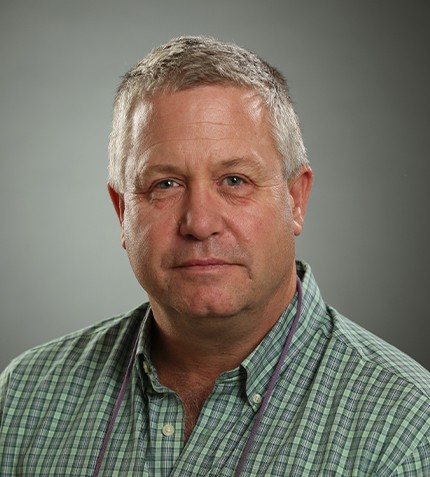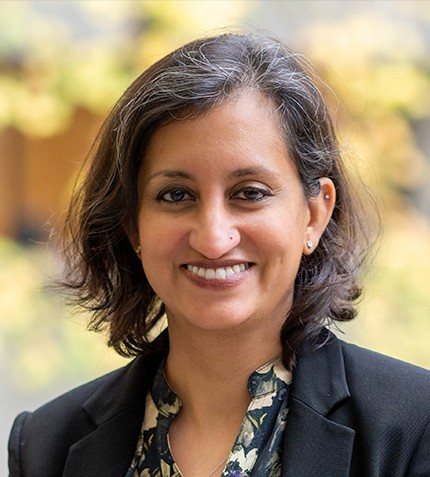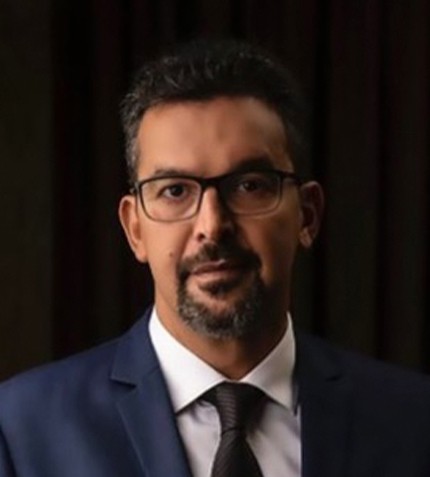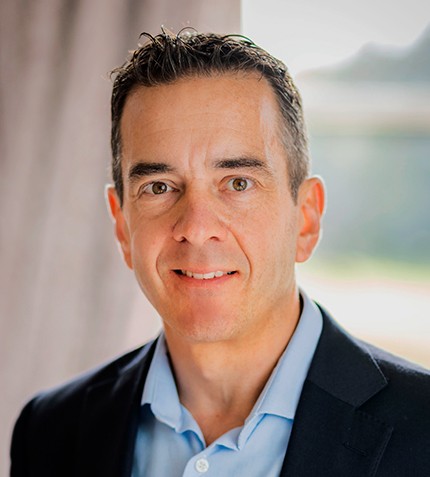Can you provide an overview of the key developments at MERC in 2023?
The Mineral Exploration Research Centre (MERC), is the principal research entity within Laurentian University's Harquail School of Sciences. Currently, our primary responsibility is managing the Metal Earth Project, funded by the Canada First Research Excellence Fund (CFREF), which is now entering its eighth year.
Metal Earth’s overarching objective revolves around unraveling the factors that control differential metal endowment. This involves completing crustal architecture studies in areas with high metal endowment and comparing to areas with lower metal endowment, despite similar geological attributes.
Laurentian University encountered financial challenges in the last couple of years, which had an impact on MERC and the Metal Earth Project. In addition, the Covid pandemic further disrupted activities. To offset these obstacles, we have been granted a four-year no-cost extension from CFREF. This extension allows us to fulfill the original vision of the Metal Earth project, with the completion date now set for August 2027.
In terms of the ongoing work, we have transitioned into a phase of data analytics. Although fieldwork is still ongoing in some areas, it is notably reduced. With comprehensive data at our disposal and a solid geoscience framework, we aim to understand the disparities in crustal architecture, geochemistry, and timing of different geologic events between the areas of focus. Utilizing emerging data science tools, we have engaged a number of graduate students, visiting scientists, and research associates. Their collective efforts are directed towards determining what controls metal endowment in different regions.
A noteworthy development in 2023 involves a collaborative project with Agnico Eagle, focusing on the Hope Bay belt in Nunavut. This greenstone belt is in the Slave Craton, in contrast to our previous work in the Superior, serving as a proof of concept, to determine the applicability of features mapped in the Superior to other cratons which have different geologic histories.
What are the main technical challenges in completing the Metal Earth project?
The key challenge is compiling and integrating the datasets collected by the various subprojects. MERC has partnered with five other universities to deliver Metal Earth, and each of our partners has contributed according to their expertise. The challenge now lies in combining and integrating these data to produce models on what geologic aspects control metal endowment and how to be predictive in this assessment.
What were the highlights of the recent annual MERC report?
The highlights of the annual report are the successes of our students. This shows a face to the research and illustrates the dedication of individuals spending years on their research topics. The report demonstrates MERC’s contributions to science by compiling 54 peer-reviewed publications and 89 abstracts from Metal Earth this year alone. Over the course of the project, we have supported 41 MSc and 36 Ph.D. students, as well as 29 research associates at six different universities. This represents a significant number of highly qualified professionals entering the minerals industry, government, and academia. Additionally, we have released all of our geoscience framework data to the public.
Have Canadian universities observed a notable change in enrolment figures for earth science courses?
A report released by the Council of Chairs of Canadian Earth Science Departments suggests that undergraduate enrolment continues to be cyclic and is currently declining. The graduate student landscape appears more stable but is also experiencing a gradual decline. The challenge we face is to attract youth into Earth Sciences, and we can only do this by dispelling misconceptions about the mining industry. Despite being a high-tech and clean sector with excellent employment prospects, there is a persistent belief that the industry is low-tech and polluting. Although Laurentian is actively addressing this through outreach efforts, it needs a larger concerted and ongoing effort by universities, government, and industry to educate the public on the realities of the mining industry and highlight the opportunities it represents. Earth sciences should be taught in every high school to highlight the need for sciences and commodities in society. This will ensure that youth understand the importance of the industry and the opportunities it represents.











